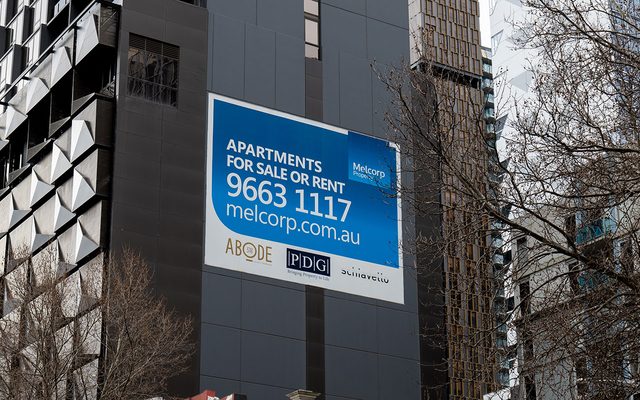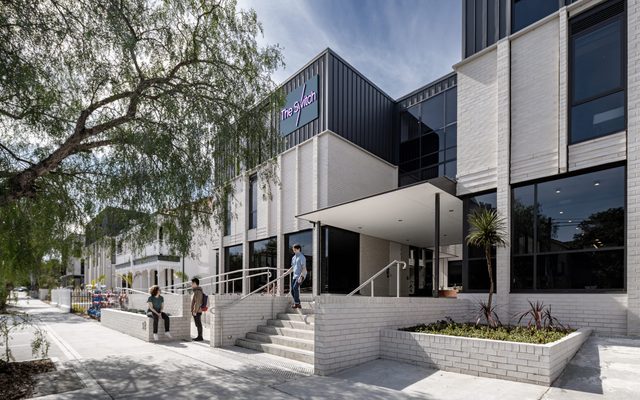This article is from the Australian Property Journal archive
HOUSING affordability is out of reach for most Australian and it would take at least 10 years of flat house prices coupled with income growth for many to catch up.
The AMP.NATSEM Income and Wealth Report: The Great Australian Dream – Just a Dream? which examines housing affordability in Australia using two measures: housing stress, based on the proportion of income spent on housing costs like mortgage and rent; and the house price to household income ratio – the higher the ratio, the less affordable the housing.
The report found median house prices soared 147% to $417,000 and at the same time the median after-tax incomes only increased 50% to $57,000 from 2001 to 2011, pushing the price to income ratio from an affordable 4.7 to a severely unaffordable 7.3 today.
In 2001, more than 50% of all suburbs five major capital cities were affordable but today only 4% are affordable and not one of these affordable suburbs is in inner city areas.
AMP Financial Services managing director Craig Meller said households that are in housing stress are devoting a large portion of their after-tax income to housing costs.
“Buying a home and paying off the mortgage is putting Australians under considerable stress. It can be a struggle to get into the market and when people do, many have little funds left over for essentials, let alone a family holiday.
“But Australians have not been deterred, with many entering the property market or preparing to do so every day. Some are downsizing or saving for longer, others are making sacrifices,” he added.
Sydney is the most expensive place to buy a house with a median price of $510,000, a typical home costing 8.4 times the average household income. Followed by Canberra ($485,000), Melbourne and Perth ($485,000), Darwin ($454,000), Brisbane ($439,000) and Adelaide ($385,000). Hobart is the least expensive capital city with a median house price of $326,000.
Melbourne houses are at 7.9 times the median income, Adelaide at 7.7, Perth at 7.2, Brisbane at 6.7, Hobart at 6.5 and Canberra at 6.2. Darwin is the most affordable with houses at six times the median income.
NATSEM lead author of the report, principal research fellow Ben Phillips said that unaffordable housing has become an Australia-wide issue.
The report also found affordability is plaguing regional areas in four out of seven states and territories. As a result, all non-capital city areas are now unaffordable. Regional NSW is the most unaffordable with house prices at 7.9 times the median income.
“It’s no longer just capital cities that are facing affordability issues. Affordability levels in Wollongong, Newcastle, Mandurah and the Gold and Sunshine Coast are now on par with major capital cities,” he added.
According to the report, first home buyers are under the most stressed segment of the market with 60% of households paying more than 30% of after-tax income on housing. The mortgages of FHBs more than doubled over the 10 years, from an average of $131,000 in 2001 to $280,000 in 2011. FHBs are also older with 37% under 30 today compared to 39% in 2001.
“Housing stress is most strongly felt by those buying a home, with 31% stressed, or those renting, with 30% stressed. Nearly one in 10 buyer households spend at least half their after-tax income on housing, which pushes them into the severely housing stressed category,” Phillips said.
Australian Property Journal



